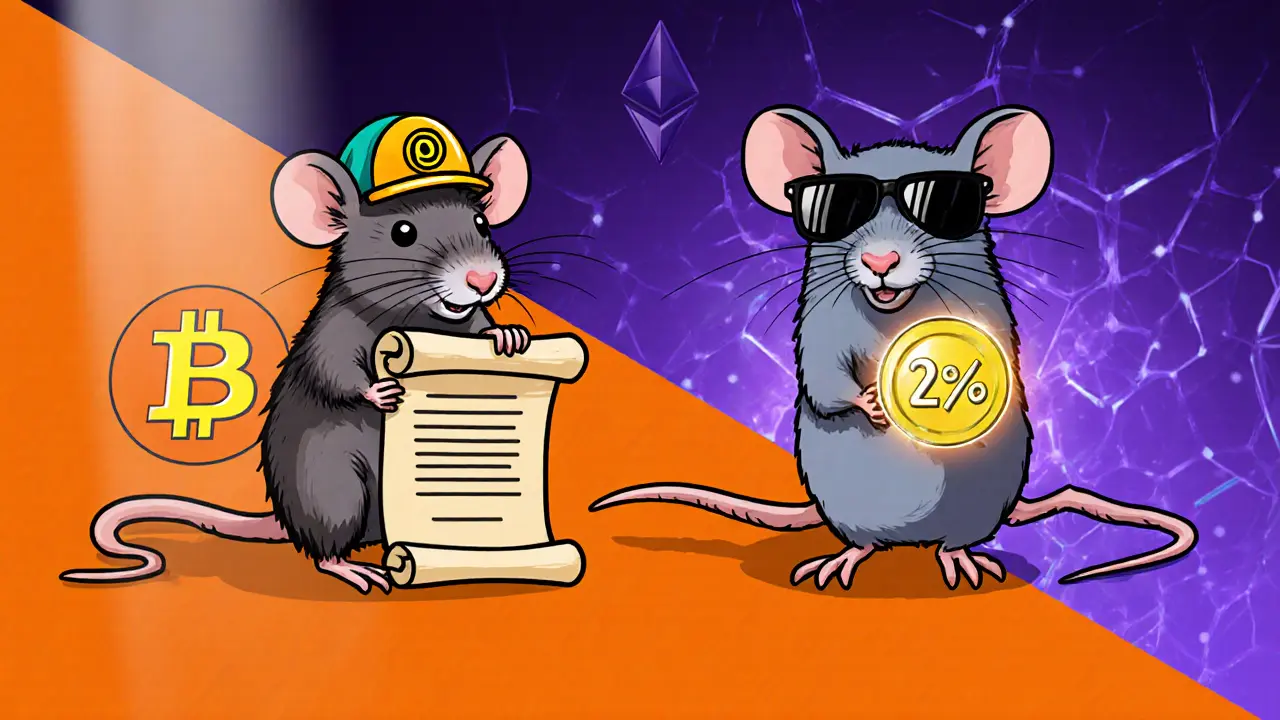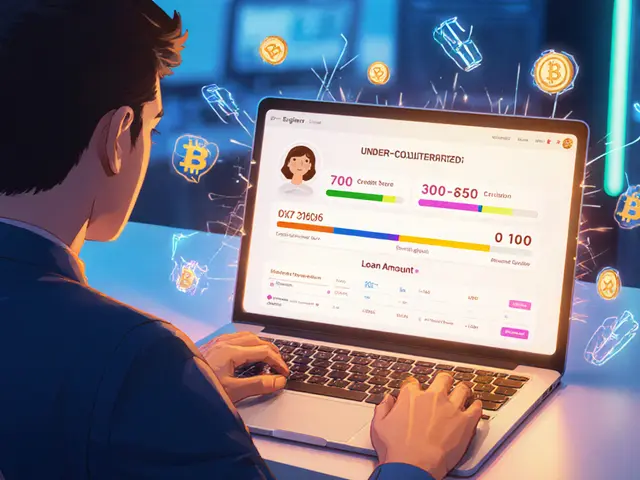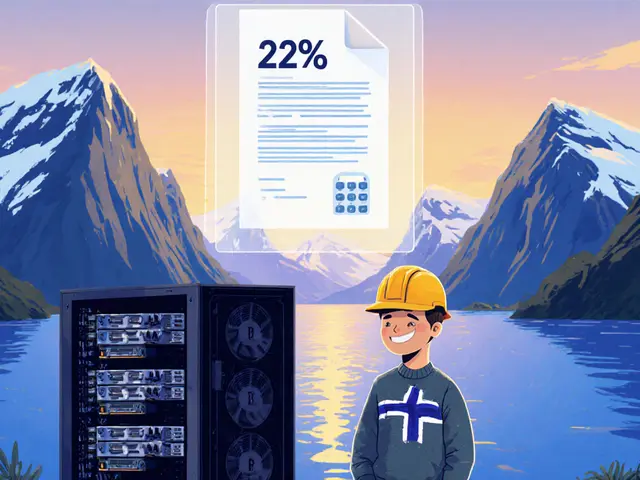BRC-20: The Bitcoin Token Standard You Need to Know
When working with BRC-20, a token standard on the Bitcoin blockchain that lets developers issue fungible assets using the Ordinals protocol. Also known as Bitcoin fungible token, it enables creators to launch coins, conduct airdrops, and build DeFi primitives without leaving Bitcoin, you’re stepping into a space that blends Bitcoin’s security with token flexibility. Ordinals are the numbering system that assigns each satoshi a unique identifier, making it possible to attach metadata and turn satoshis into NFTs or fungible tokens form the backbone of BRC-20. Meanwhile, Bitcoin remains the world’s most decentralized and secure proof‑of‑work network, providing the settlement layer for BRC-20 assets. Together, these three entities create a new ecosystem where token creation, crypto airdrops, and decentralized finance can happen on Bitcoin’s immutable ledger.
Key Attributes and How They Connect
The BRC-20 standard defines three core attributes: inscription data, supply limit, and transfer rules. Inscription data is the actual piece of information written onto a satoshi via Ordinals, and it carries the token’s name, ticker, and total supply. The supply limit sets the maximum number of tokens that can ever exist, similar to Bitcoin’s 21 million cap but flexible per project. Transfer rules dictate how tokens move between addresses, using simple Bitcoin script logic rather than a smart‑contract language. Because these attributes rely on Bitcoin’s native transaction format, BRC-20 tokens inherit Bitcoin’s high security and censorship resistance while still supporting fast, low‑cost token swaps on layer‑2 solutions.
One practical outcome is the rise of crypto airdrops on Bitcoin. Projects can mint BRC-20 tokens, attach them to Ordinals, and distribute them to community wallets in a single on‑chain transaction. This method mirrors popular ERC‑20 airdrops on Ethereum but leverages Bitcoin’s wider adoption and lower fee volatility. Beyond airdrops, developers are experimenting with DeFi primitives—such as liquidity pools and yield farms—that settle on Bitcoin but use BRC‑20 tokens as the underlying assets. The result is a cross‑chain DeFi bridge where Bitcoin’s store of value meets tokenized utility.
While BRC‑20 opens new doors, it also brings challenges. The lack of native smart‑contract capabilities means complex logic must be handled off‑chain or via layer‑2 protocols, and transaction sizes can grow quickly when many tokens are inscribed. Security audits are still evolving, so projects should adopt cautious rollout strategies and clear tokenomics. Still, the community’s rapid experimentation shows that BRC‑20 is more than a novelty; it’s a functional standard that expands Bitcoin’s role in the broader crypto economy.
Below you’ll find a curated collection of articles that dive deeper into each of these areas. From detailed guides on creating BRC‑20 tokens, to reviews of the most promising airdrops, and analysis of Bitcoin‑based DeFi projects, the posts are designed to give you actionable insights and a solid grasp of where BRC‑20 fits into today’s market. Ready to explore the full range of BRC‑20 use cases? Keep reading to discover the latest strategies, risks, and opportunities the standard brings to the Bitcoin ecosystem.







